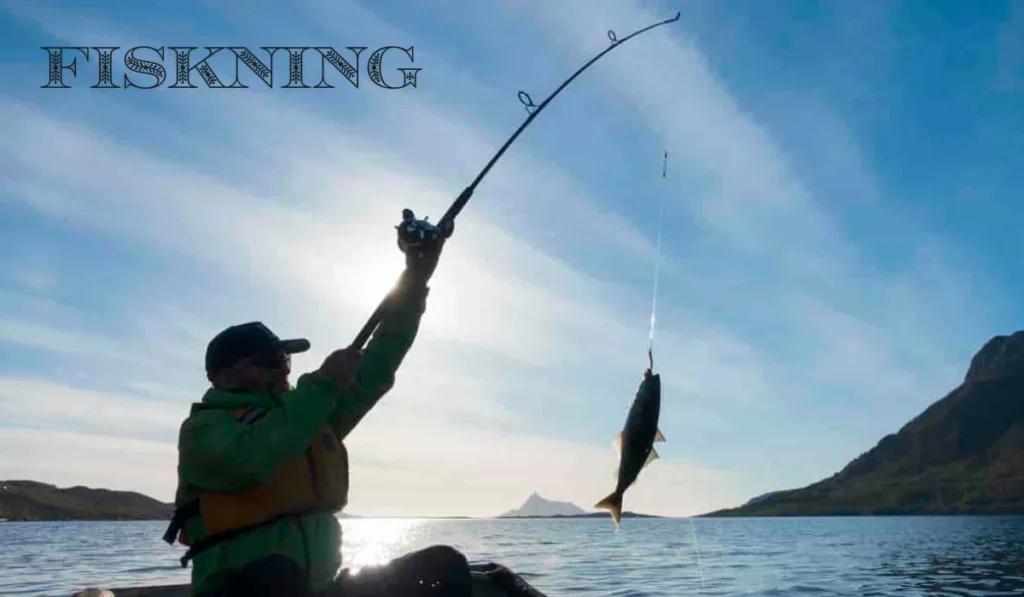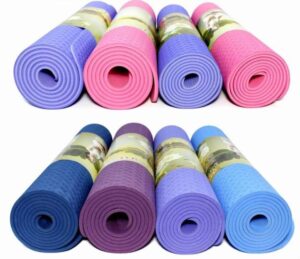
Fiskning: A Scandinavian Fishing Tradition Rooted in Nature
Fiskning is a fishing method that holds deep cultural and historical significance in Scandinavia. It’s more than just a method for catching fish; it is a way of connecting with nature and practicing a sustainable lifestyle. Rooted in centuries-old traditions, Fiskning offers a simple yet meaningful approach to fishing, where natural bait and eco-friendly practices are prioritized.
Fiskning is a traditional Scandinavian fishing method that emphasizes sustainability, natural bait, and a connection with nature. It’s beginner-friendly, stress-relieving, and promotes eco-friendly practices, making it a cherished and mindful fishing approach.
This article will explore the origins, techniques, benefits, and equipment associated with Fiskning. We’ll also cover frequently asked questions to help newcomers understand how to get started and practice this method in a sustainable and enjoyable way.
The Origins of Fiskning
Fiskning has its origins in the cold waters of Scandinavia, where fishing was vital for survival. Coastal and inland communities relied heavily on fish as a major food source. Over time, what began as a means of survival evolved into a cherished tradition that embodies respect for nature and the environment.
Fishing was not only a way to gather food but also a spiritual practice for many Scandinavian people. It allowed them to engage directly with the environment, understanding the cycles of nature and learning to respect and preserve aquatic ecosystems.
Why Fiskning? The Benefits Beyond Fishing
Fiskning is much more than just catching fish—it offers a variety of benefits that make it a rewarding activity for people of all ages and experience levels.
- Connection with Nature
Fiskning allows anglers to immerse themselves in the natural world. Whether fishing in a river, lake, or the ocean, you can enjoy the serenity of nature while honing your skills. - Stress Relief and Relaxation
The calming environment of being near the water is perfect for unwinding and escaping the demands of everyday life. Fiskning promotes mindfulness, patience, and a slower pace, reducing stress. - Physical Exercise
Although it may seem like a laid-back activity, Fiskning involves walking to fishing spots, casting, reeling, and handling equipment, providing light to moderate exercise. - Sustainability
Fiskning emphasizes natural bait and eco-friendly practices, making it a responsible method of fishing that contributes to the long-term preservation of fish populations. - Skill Development
Anglers must sharpen their observation, focus, and problem-solving skills. Understanding fish behavior and knowing when and how to cast a line develops both patience and critical thinking.
Also Read: https://forbeseras.com/fiskning-a-scandinavian-fishing/
Getting Started with Fiskning: Essential Gear and Tips
Despite its simplicity, Fiskning requires some basic equipment to get started. The good news is that you don’t need expensive or specialized gear. Here’s a list of must-have items for a successful Fiskning trip:
- Fishing Rod and Reel
A medium-action rod and versatile reel are suitable for most Fiskning environments. These allow you to cast effectively in rivers, lakes, and coastal areas. - Natural Bait
One of the key elements of Fiskning is using natural bait like worms, minnows, or insects that are native to the area where you are fishing. - Tackle Box
A simple tackle box containing hooks, sinkers, and different types of lines is essential. This will allow you to adjust based on the environment and the species of fish you’re targeting. - Appropriate Clothing
Dress in layers, as weather conditions near the water can change rapidly. Waterproof jackets and sturdy boots are essential if you plan to wade through streams or fish in unpredictable weather. - Fishing License
Always ensure that you have the correct fishing permits for the area where you’re fishing. Regulations help protect local ecosystems and fish populations. - Cooler or Fish Bag
If you plan on keeping your catch, make sure to bring a cooler or fish bag to store it properly until you return home.
Popular Locations for Fiskning
Fiskning can be done in various natural environments. Whether you prefer freshwater or saltwater fishing, there are numerous beautiful locations that are ideal for this Scandinavian tradition.
- Rivers
Rivers provide a unique challenge with their flowing currents and varying depths. They are often home to species like trout and salmon, making them an exciting choice for Fiskning. - Lakes
Lakes offer a calmer fishing experience and are perfect for beginners. Fish like pike, perch, and bass can often be found in abundance. - Coastal Areas
For those near the ocean, coastal Fiskning allows for the chance to catch larger species such as cod and mackerel. You can fish directly from the shore or venture out by boat. - Mountain Streams
If you want to experience peace and tranquility, remote mountain streams are the perfect location. These areas are often less crowded and offer picturesque scenery.
Conservation and Sustainability in Fiskning
Respect for the environment is one of the core values of Fiskning. It’s crucial to practice sustainable fishing to ensure that future generations can enjoy this tradition. Here are some ways to make sure you’re fishing responsibly:
- Catch and Release: If you’re fishing for sport, consider releasing your catch back into the water to support fish populations.
- Eco-Friendly Gear: Avoid using harmful materials like plastics, and make sure your bait and equipment do not negatively impact the environment.
- Follow Local Regulations: Every area has specific rules regarding fishing seasons, limits, and protected species. Always adhere to these regulations to prevent overfishing and protect ecosystems.
The Future of Fiskning: Balancing Tradition and Modernity
While Fiskning has deep historical roots, it has evolved with the times. Today, many anglers use technology to enhance their fishing experience, such as apps that help track weather conditions or identify fish species. However, the essence of Fiskning remains the same—respect for nature and a simpler, more mindful approach to fishing.
The future of Fiskning will depend on the balance between modern conveniences and traditional values. As long as sustainability and conservation are prioritized, Fiskning will continue to be a cherished activity for generations.
Also Read: https://forbeseras.com/fiskning-a-scandinavian-fishing/
FAQs About Fiskning
1. What is Fiskning?
Fiskning is a traditional Scandinavian fishing method that focuses on using natural bait and simple, sustainable techniques to catch fish. It emphasizes a connection with nature.
2. Where does Fiskning come from?
Fiskning originated in Scandinavia and has been practiced for centuries. It started as a survival method and has evolved into a beloved cultural tradition.
3. What equipment is needed for Fiskning?
Basic equipment includes a fishing rod, reel, natural bait, a tackle box, and proper clothing. You’ll also need a fishing license and a cooler if you plan to keep your catch.
4. Is Fiskning suitable for beginners?
Yes, Fiskning is a beginner-friendly fishing method. Its simplicity makes it accessible, but it requires patience and respect for nature.
5. How does Fiskning support conservation?
Fiskning promotes sustainable practices such as catch-and-release fishing, using eco-friendly gear, and adhering to local fishing regulations, which help preserve fish populations and ecosystems.
6. Can I practice Fiskning outside of Scandinavia?
Yes, Fiskning can be practiced in many locations around the world, including rivers, lakes, and coastal areas in North America, Europe, and beyond.
7. What types of fish can I catch while Fiskning?
The types of fish depend on the location. River fishing might yield trout or salmon, while coastal fishing could allow for catches like cod and mackerel.
Conclusion
Fiskning is more than a fishing technique—it’s a tradition rooted in sustainability, relaxation, and a deep connection with nature. Whether you’re an experienced angler or just beginning, Fiskning offers an accessible and rewarding way to engage with the natural world. By practicing patience, respecting local ecosystems, and embracing the simplicity of this method, you can experience the joy and tranquility that Fiskning brings.






